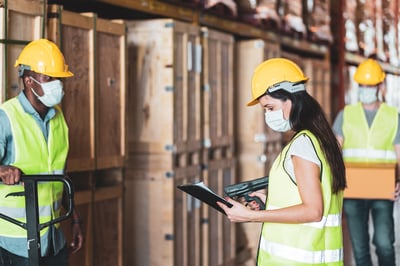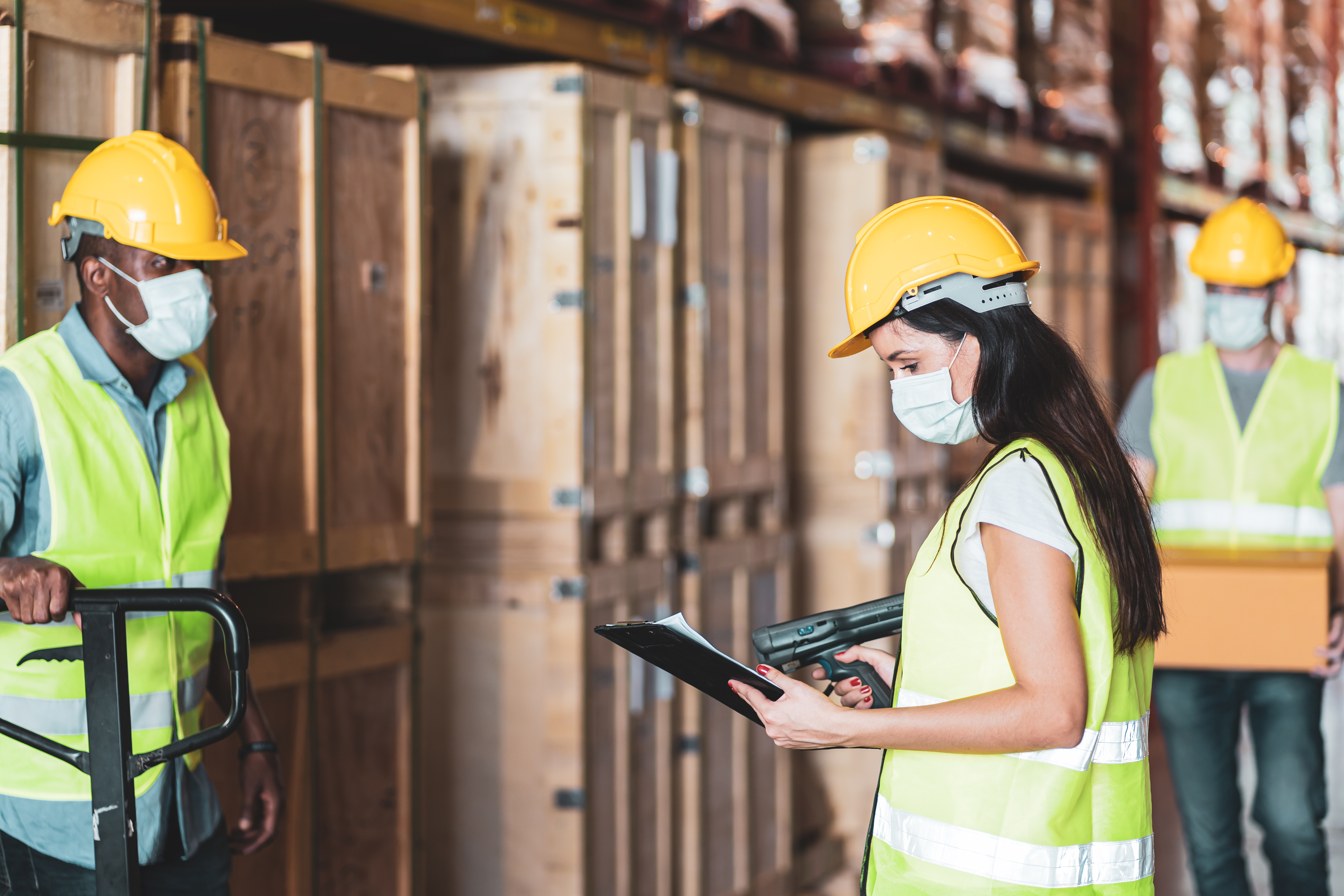 Across the country, many communities, schools, and businesses are reopening. But in some states, spiking COVID‑19 numbers are triggering a second wave of restrictions. Regardless of the current data in your region, doing business safely is still a top concern. The pandemic has fundamentally changed the way we interact with one another.
Across the country, many communities, schools, and businesses are reopening. But in some states, spiking COVID‑19 numbers are triggering a second wave of restrictions. Regardless of the current data in your region, doing business safely is still a top concern. The pandemic has fundamentally changed the way we interact with one another.
The Challenge
The Centers for Disease Control and Prevention have outlined clear social distancing guidelines. Many states, including Illinois, have clear safety protocols and reopening contingencies.
Most leaders and business managers are now asking the same questions:
- What can I do to keep my building as safe as possible?
- What steps are needed to ensure safety in essential worker communications?
- How can I incentivize my staff and clients to mask up and social distance?
- And how can I figure out where and when social distancing is not happening?
Below, we answer some of these questions through a piece of equipment you already have: video surveillance. You can gain clarity about your staff and facility with cameras equipped with artificial intelligence (AI).
The AI Camera Solution
Whether you're in charge of a manufacturing plant, hospital, school, or business, you can proactively protect people with video analytics. By using video surveillance systems equipped with AI software, you gain data that identifies where and when people aren't social distancing.
Real data and video footage can help you protect your staff and the public in several ways:
- You'll be able to redirect and correct employees who forget to wear their masks or social distance.
- You'll identify traffic hotspots. This helps you spot where you need social distancing floor markers or safety signage.
- You'll be able to quickly and easily determine where to modify facility layouts.
- You'll also reap the long‑term of benefits of video surveillance, from accident investigation footage to identification of hazards before they harm anyone.
As a recent Reuters article pointed out, the data from your AI can also help your business's image. These analytics could show local authorities that your facility is complying with regulations.
How AI Cameras Work
With your cameras' AI software enabled, you'll be able to run cloud‑based reports on people's movements. This is possible through software like Motorola's Avigilon Solutions' Social Distancing tool. This tool monitors when the distance between bodies falls under the recommended threshold.
Consider how this would work in a real‑life scenario: Say you are the manager of a manufacturing facility or the superintendent of a school. In your workplace, employees or students often funnel into tight spaces. In a manufacturing plant, employees congregate along the factory line, for instance. In a school, students crowd the hallway on the way to lunch.
In these scenarios, social distancing technology will be able to precisely detect high‑traffic areas. Maybe you realize that your staff has to take the same path around discarded materials. Perhaps students gather around the drinking fountain or the entrance to the bathrooms. Through visual evidence and statistical pattern reporting from the AI cameras, you'll identify problems and brainstorm appropriate solutions.
The Future of Safe Work Environments
We already know that social distancing is critical to slowing the spread of COVID‑19. Using existing equipment in new ways—often with the addition of a software tool—can help you keep yourself, your staff, and your customers (or patients, students, or other visitors) safe. By taking advantage of existing technology, you can ensure that your organization complies with social distancing guidelines.



